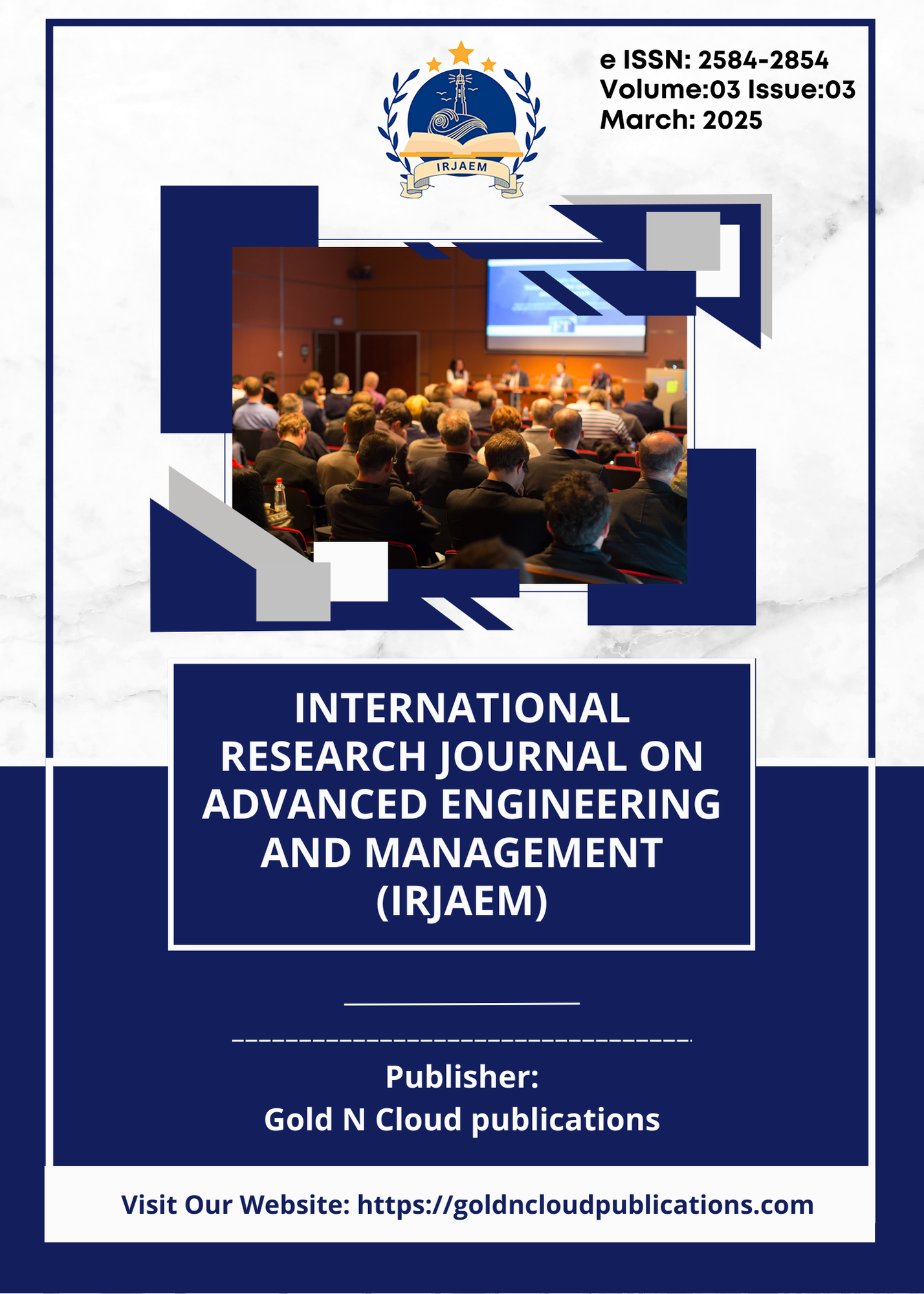Analyzing How Automation Impacts Stress and Job Satisfaction in Banking Jobs
DOI:
https://doi.org/10.47392/IRJAEM.2025.0065Keywords:
Stress, Job Satisfaction, Banking, Automation, EmployeesAbstract
Automation is changing the way banking employees work, bringing both benefits and challenges. As technology continues to improve, many repetitive tasks that were once done manually are now handled by automated systems. This allows employees to focus on more meaningful work, increases efficiency, and reduces human errors. However, automation also creates concerns about job security, as some employees worry that machines may replace their roles. Additionally, workers may feel pressured to learn and adapt to new technologies quickly, leading to stress and uncertainty. This study explores how automation affects the stress levels and job satisfaction of banking employees. It reviews existing research on automation in the banking sector and uses a combination of surveys and interviews to understand employee experiences. The goal is to identify both the positive and negative impacts of automation on workplace conditions. The findings suggest that while automation can reduce workload and improve productivity, it must be implemented carefully to avoid increasing employee stress. Banks can support their workers by providing proper training and guidance on new technologies. Open communication and clear change management strategies can also help employees feel more secure in their roles. By striking a balance between technology and human involvement, banks can create a work environment where employees feel valued and motivated. This study highlights the importance of considering employee well-being while introducing automation, ensuring that technological advancements lead to a positive and supportive workplace rather than causing unnecessary stress.
Downloads
Downloads
Published
Issue
Section
License
Copyright (c) 2025 International Research Journal on Advanced Engineering and Management (IRJAEM)

This work is licensed under a Creative Commons Attribution-NonCommercial 4.0 International License.


 .
. 